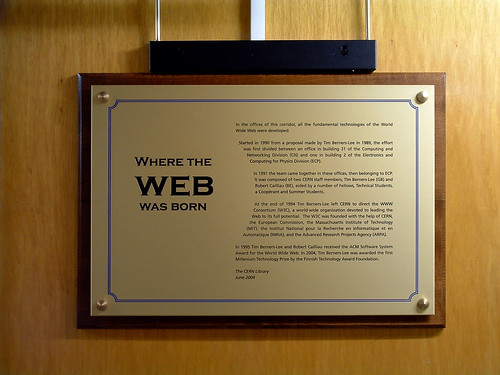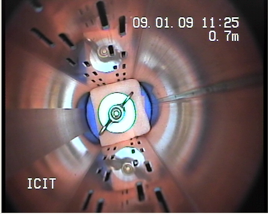Going to listen to some tunes on my magic song brick now :)
A bientôt!
is at CERN







During high school or college, many aspiring physicists latch onto Feynman or Einstein or Hawking as representing all they hope to become. The problem is, the vast majority of us are just not that smart. Oh sure, we’re plenty clever, and are whizzes at figuring out the tip when the check comes due, but we’re not Feynman-Einstein-Hawking smart. We go through a phase where we hope that we are, and then reality sets in, and we either (1) deal, (2) spend the rest of our career trying to hide the fact that we’re not, or (3) drop out.Some of us aren't even so great with the mental math ;) I think that this realization hits most physicists sometime mid-grad school, after finishing classes and shortly after one starts doing research full-time, and it's a bit of an identity crisis. Julianne continues:
Well, screw that. Yes, you have to be clever, but if you have good taste in problems, an ability to forge intellectual connections, an eye for untapped opportunities, drive, and yes, a willingness to work hard, you can have major impacts on the field. While my guess is that this is broadly understood to be true by those of us clever-but-not-F-E-H-smart folks who’ve survived the weeding of graduate school, postdoctoral positions, and assistant professorhood, we do a lousy job of communicating this fact to our students. I’ve always suspected that we lose talent from the field because people opt for Door #3 (drop out) when they face up to the fact that physics is frequently hard, even for very clever people.



 |  |
